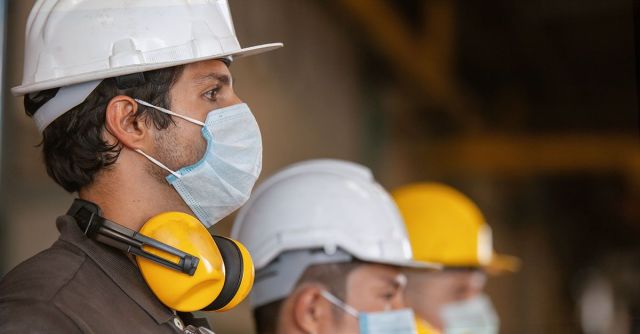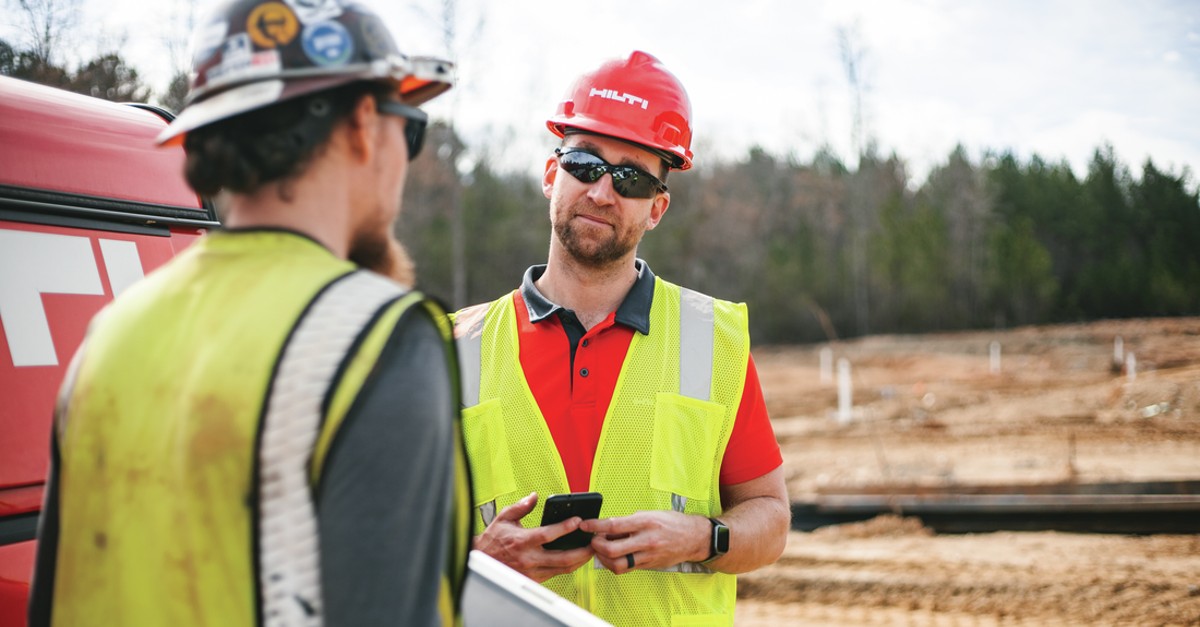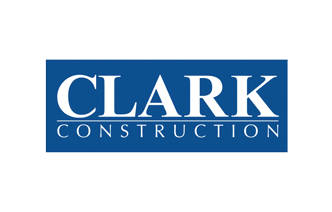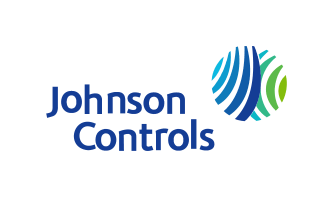COVID-19 & Construction: What to Do If a Worker Gets Sick

Jobsite managers are being tasked with dueling priorities: safeguarding workers’ health and keeping projects on track. The good news is that while such efforts might prove daunting for other industries, construction is well-suited to achieve them.
“Contractors are used to following complex and ever-changing safety rules and finding ways to make inherently dangerous work safe,” the AGC explains on its new website dedicated to workplace safety. “The coronavirus has forced firms to change the way they operate to maintain that commitment to safety.”
At the top of today’s jobsite safety hierarchy, of course, is making sure workers actively ill with the virus remain at home. With that in mind, we spoke with Mandi Kime, Director of Safety at AGC Washington State, about the key steps to take when a worker is thought to have the coronavirus. Here’s why a documented operational strategy, proactive communications, and some good-old-fashioned respect are key elements to effectively dealing with this dilemma in real time.
Have a COVID-19 jobsite preparedness plan
If your firm hasn’t already documented a set of jobsite exposure prevention measures (like the use of protective gear, social distancing measures, expanded hand-sanitizing stations, and increased jobsite disinfection) and instituted worker entry screening, do it now.
“There is no margin for error when it comes to protecting workers and the public from the spread of the coronavirus,” said Stephen E. Sandherr, Chief Executive Officer of the AGC. Check out the association’s new safety-focused website for tips on crafting a plan, as well as access to sample preparedness strategies from firms across the nation.
When it comes to jobsite entry screening, the bottom line is this: You can’t take measures to isolate an infected worker if you don’t know they’re sick in the first place. A proposed set of screening questions developed by the Construction Industry Safety Coalition (CISC) and the AGC can be found here. Without this established protocol, you’re relying upon individuals to self-report their potential COVID-19 symptoms. And when you combine the stigma that’s still attached to the virus with workers’ desire to stay employed during economically insecure times, that’s a risky bet.
What to do if COVID-19 shows up at work
Your preparedness plan is in place — you’re actively screening workers as they begin their shift each day. Now it’s go time: A worker has shown up either exhibiting COVID-19 symptoms or has officially tested positive for the coronavirus. Take these steps to quickly and humanely address the situation:
1. Isolate immediately
Whether you’ve confirmed that a worker has COVID-19 from a positive test or you recognize that their symptoms match those of the coronavirus, you need to remove them from the jobsite immediately — even as you perform due diligence.
The CISC and AGC recommend that those exhibiting symptoms be kept at home until they’re symptom-free for 72 hours without the use of symptom-altering medications. Those workers who have tested positive should wait to return to work until seven days have passed since their symptoms first appeared and until at least 72 hours have gone by without any symptoms.
2. Inform your safety team
Promptly let your firm’s HR rep know about the worker’s status, and loop-in your safety officer as well.
“They’ll be key players in carrying out action items that protect the worker, other team members, and the company,” Mandi says. If your firm is not the general contractor, clue the GC in without delay.
3. Start sanitizing
Because your preparedness program is already well-documented, your safety officer should be ready to hit the ground running and disinfect any jobsite areas, tools, and equipment exposed to the impacted worker.
4. Draw up an exposure list
Work with your sick employee to make a list of coworkers with whom they have had close contact. There are varying schools of thought as to whether to wait to contact potentially exposed individuals prior to receiving official test results. The CISC and AGC suggest that once the worker has tested positive for COVID-19, anyone who has come within six feet of them for a prolonged period of time should be directed to self-quarantine for 14 days. But remember: The ill worker’s identity should be held in strictest confidence.
“The way we combat the stigma associated with COVID-19 as an employer is holding that information sacred,” Mandi says. Potentially impacted team members should only be told that an unnamed coworker has been diagnosed with the coronavirus and might have exposed them.
5. Practice compassion
Treat your ill team member with dignity and respect. Not only is this the humane thing to do, it also helps de-stigmatize COVID-19 and encourages future self-reporting of symptoms from others.
“Make sure workers are aware of what’s available to them in terms of support,” Mandi says. This could include access to an EAP, insurance considerations, or other HR-related accommodations. Assign the employee a dedicated contact person within the firm, and manage expectations about communication channels and frequency.
“Letting people know that you’ve already thought about what they’re going through makes them feel like they’re valued, and helps reduce their anxiety,” Mandi adds.
6. Control the narrative
When updating other team members about COVID-19 within the jobsite, lead with the solutions that have already been put in place to alleviate exposure.
“We have the ability to frame the situation and put things into perspective to help others,” Mandi says. “Allay fears up front instead of leading with the bad news and waiting for the questions. Answer the questions first and then open the door for people to share their concerns.”


















